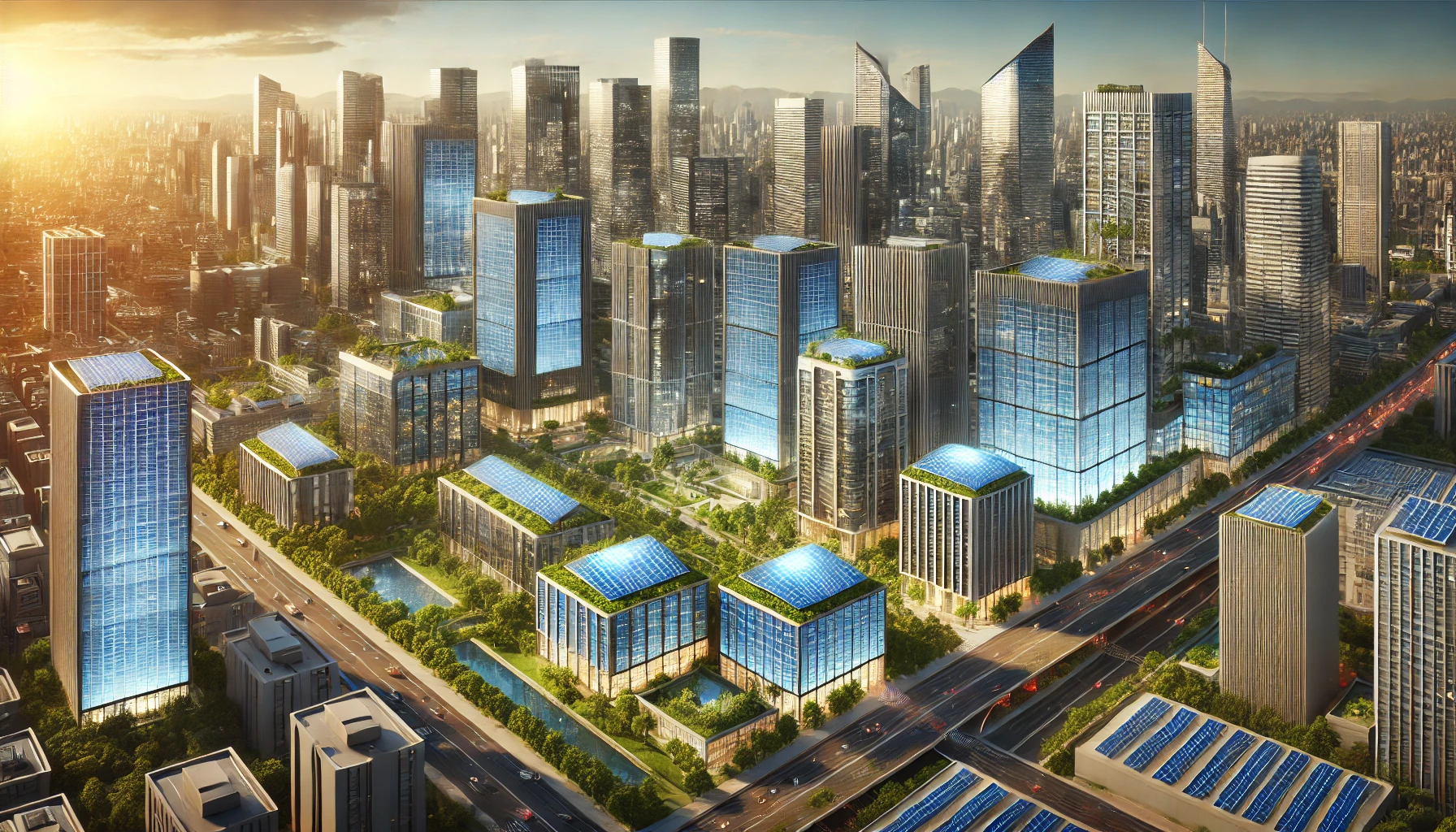Building Integrated Photovoltaics: Solar Power Meets Architecture

Solar Panels, but Make It Stylish
Gone are the days when solar panels were just clunky, unsightly additions on rooftops. Today, they’re becoming sleek, integrated elements of architectural design. Enter Building Integrated Photovoltaics (BIPV), a game-changing technology that is merging solar power with the materials used to construct buildings. Instead of mounting solar panels on top of your home or office, imagine the entire building generating electricity! Solar windows, solar facades, even solar tiles—BIPV is turning the structures we live and work in into mini power plants.
Windows That Generate Power? Welcome to the Future
Let’s talk solar windows. Yes, you heard that right. Windows that not only give you a great view of the outside world but also generate electricity while they do it. These solar windows use transparent photovoltaic technology to harness sunlight, turning the glass into an energy source. Imagine sipping your morning coffee, basking in the sunlight, and knowing that your windows are powering your lights, computer, and even that fancy espresso machine. It’s like living in a sci-fi movie, but way cooler because it's real!
Solar Facades: More Than Just a Pretty Face
Not to be outdone, solar facades are also making a splash in the world of architecture. Forget about those boring, plain walls. Facades made from photovoltaic materials are not only visually striking but also highly efficient in terms of energy generation. They can be custom-designed to blend seamlessly with any architectural style, from ultra-modern skyscrapers to historic buildings. This means that cities can maintain their aesthetic charm while secretly becoming energy-generating hubs. The best part? These facades are just as effective at reducing energy bills as traditional solar panels, but they look much better.
Revolutionizing Urban Energy Efficiency
Urban environments are notorious for their massive energy consumption, but BIPV technology is on the verge of flipping that script. Cities are filled with skyscrapers, office buildings, and residential towers that could be harnessing solar energy if they were built with BIPV materials. Imagine every window and facade in a city pulling double duty—letting in light while generating clean, renewable energy. This would drastically cut down on the need for fossil fuels, making urban centers more sustainable. In fact, some cities are already setting ambitious goals to integrate BIPV into new constructions, setting a precedent for green architecture everywhere.
The Economics of Solar Integration
One of the biggest hurdles in solar adoption has always been the cost. However, BIPV is changing the game in terms of affordability. Since the solar panels are built right into the materials of a building, you’re not just paying for energy production—you’re paying for part of the building itself. This dual-purpose design means fewer materials are wasted, and the overall cost is offset by the long-term savings on energy bills. Plus, many governments offer tax incentives and rebates for buildings that incorporate renewable energy sources, making BIPV a financially smart choice as well as an environmentally friendly one.
Going Green Never Looked So Good
One of the major criticisms of traditional solar panels has always been their appearance. Let’s face it, they’re not the most attractive things to slap onto a building. BIPV solves this problem by blending renewable energy technology with beautiful design. Architects love it because it gives them creative freedom, and building owners love it because it adds value to their property. Imagine walking through a city where every building isn’t just eco-friendly but also a piece of art. That’s the vision BIPV is helping to create.
Are Solar-Powered Buildings the Future of Urban Living?
As BIPV technology becomes more widespread, we’re likely to see more and more cities adopting it. The benefits are clear—reduced energy costs, greener buildings, and a more sustainable future. But what about the challenges? For one, the initial installation can be costly, and there are still regulatory hurdles to overcome in some areas. However, with growing awareness of climate change and the increasing demand for sustainable solutions, BIPV is poised to revolutionize the way we think about energy and architecture. The question now is, are we ready to embrace this futuristic approach to urban living?



